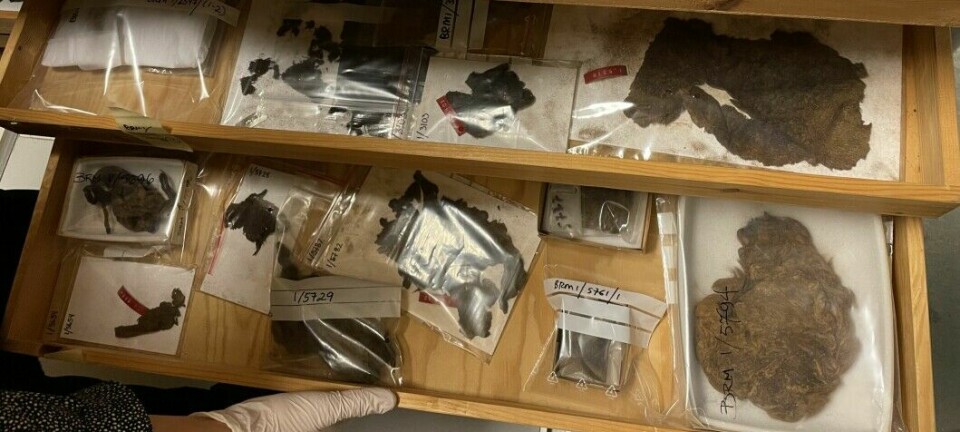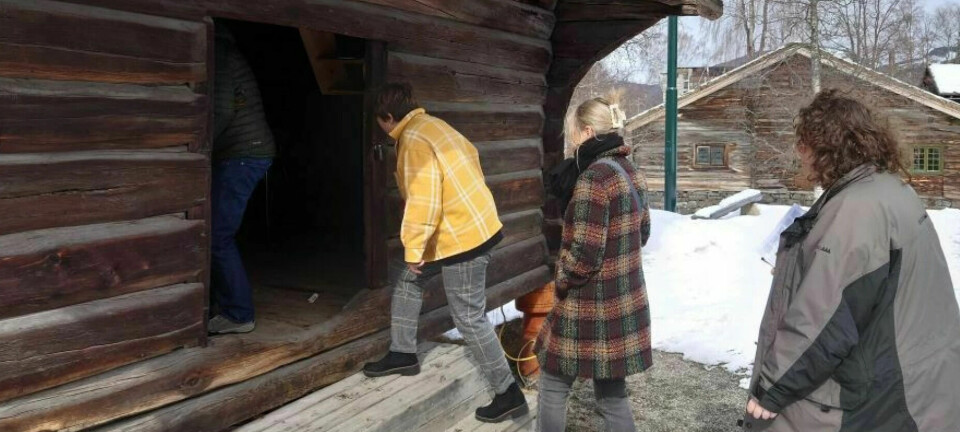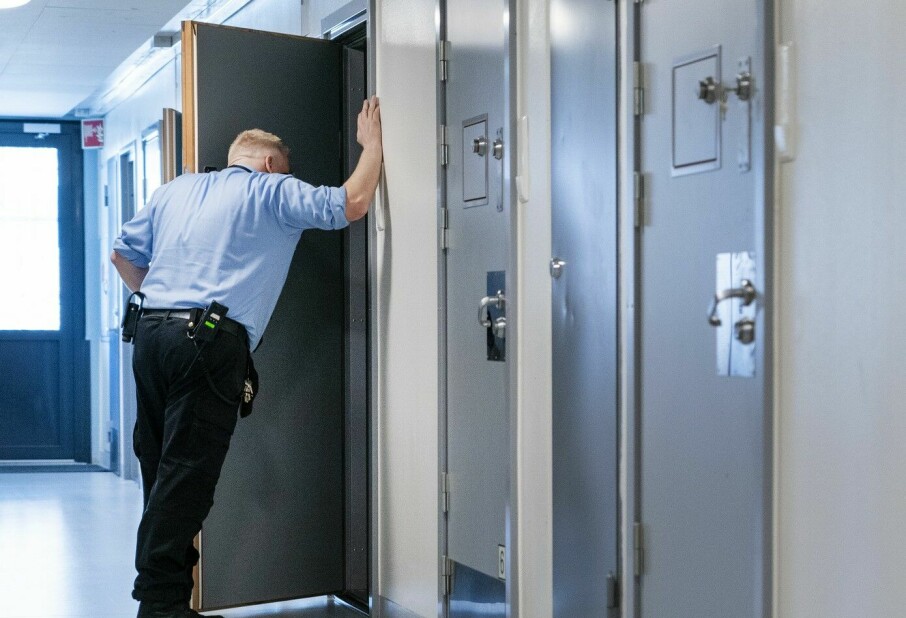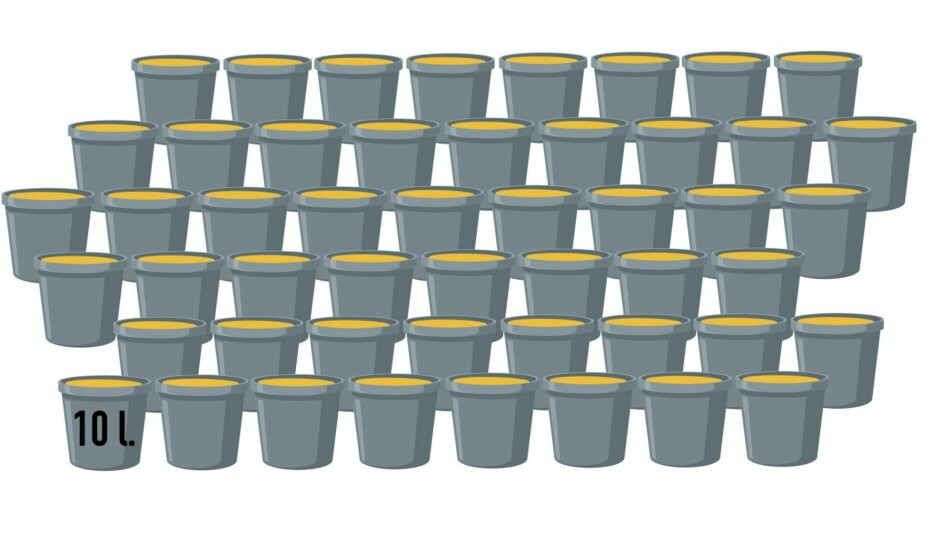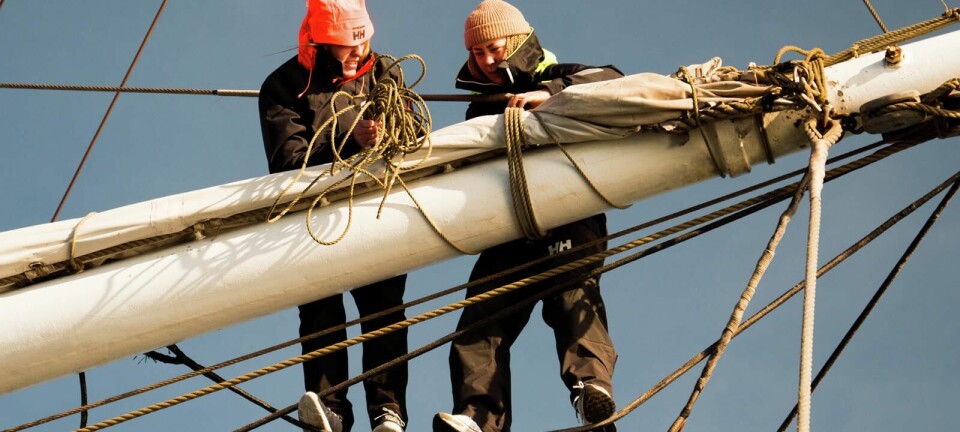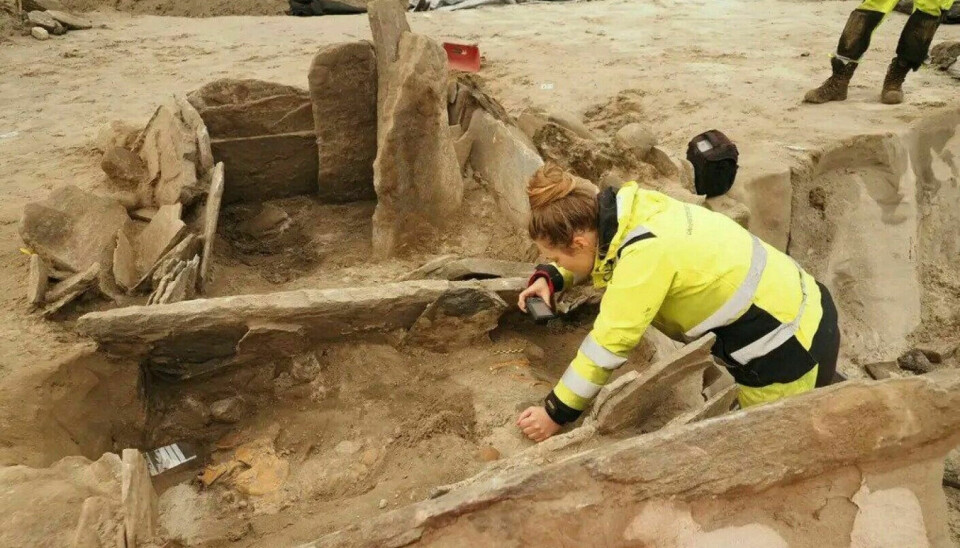
Top Norwegian archaeological finds of 2023: Viking ships, gold treasures, and 4,000-year-old skeletons
Many finds are described as spectacular, unique, unusual, and sensational. But some are still more striking than others. Here are the top archaeological finds of the year.
It's not every day you discover a Viking ship with ground-penetrating radar. Or that novice metal detector enthusiasts stumble upon gold treasures from the 6th century. And there are almost no remains of Stone Age skeletons in Norway, the preservation conditions are too poor.
Sciencenorway.no has asked archaeologists and Norway’s university museums what the most prestigious finds of the past year are. This is what they answered, in random order.
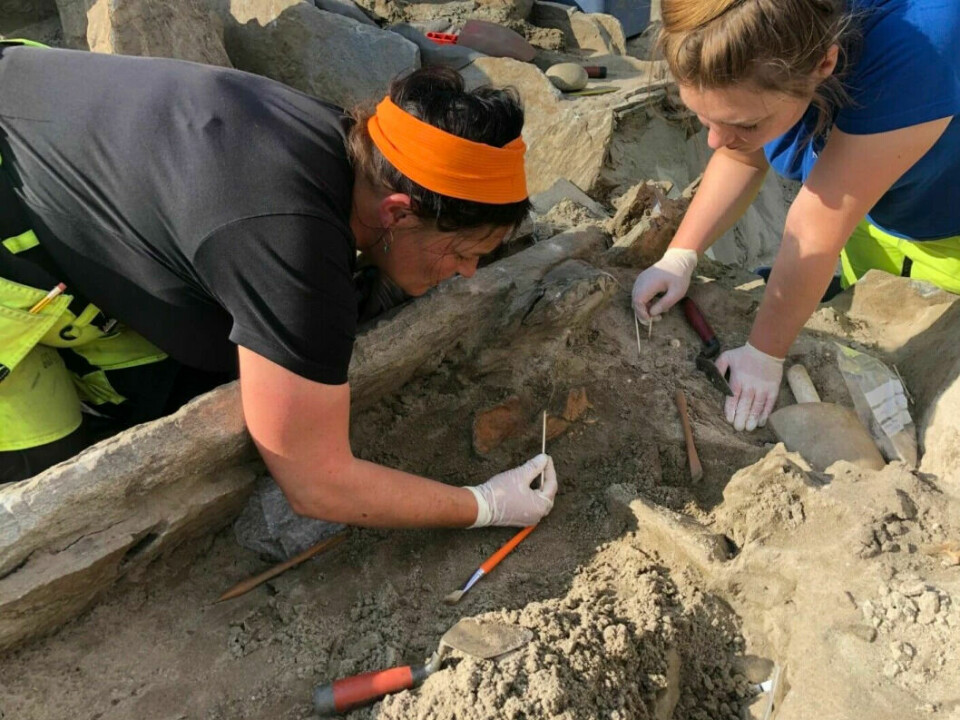
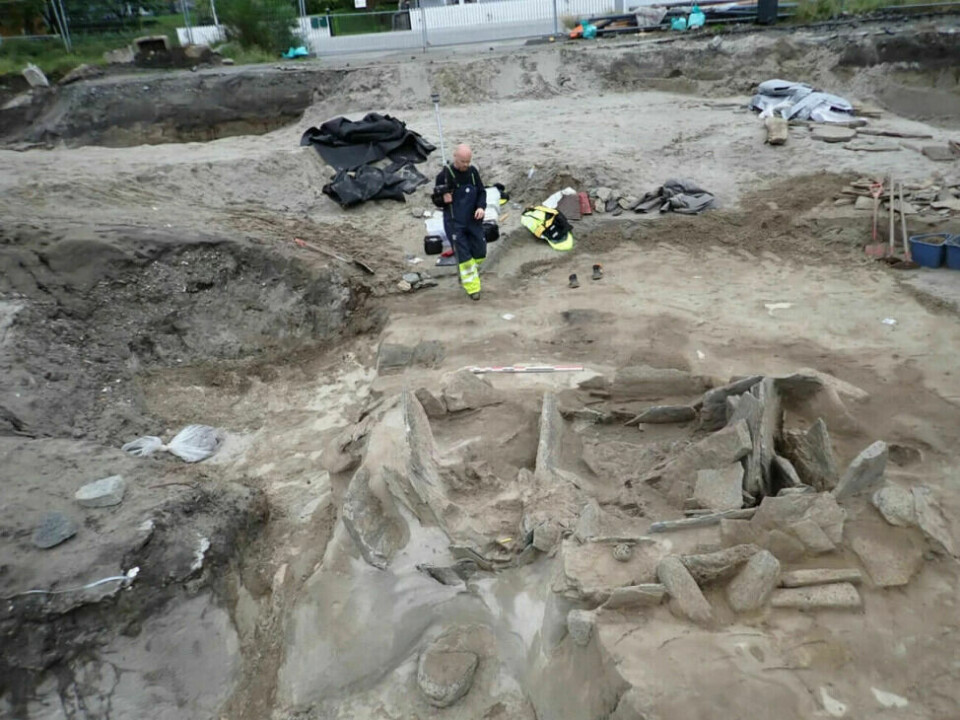
Gallery grave with 4,000-year-old skeletons in Western Norway
In Seljesanden in Western Norway, a gallery grave with remains from at least five people who lived here about 4,000 years ago was discovered this summer.
The find was named the find of the year at the Norwegian Archaeological Meeting in November. It is described as the most unique Stone Age find in Norway in more than 100 years.
“The discovery is not just special for the University Museum of Bergen and Western Norway. Nationally and internationally, this will have great scientific significance,” says Kari Loe Hjelle, museum director at the University Museum in Bergen.
Further research on the skeletons will enable us to closely understand the individuals who inhabited Western Norway during the initial stages of agricultural development in Norway.
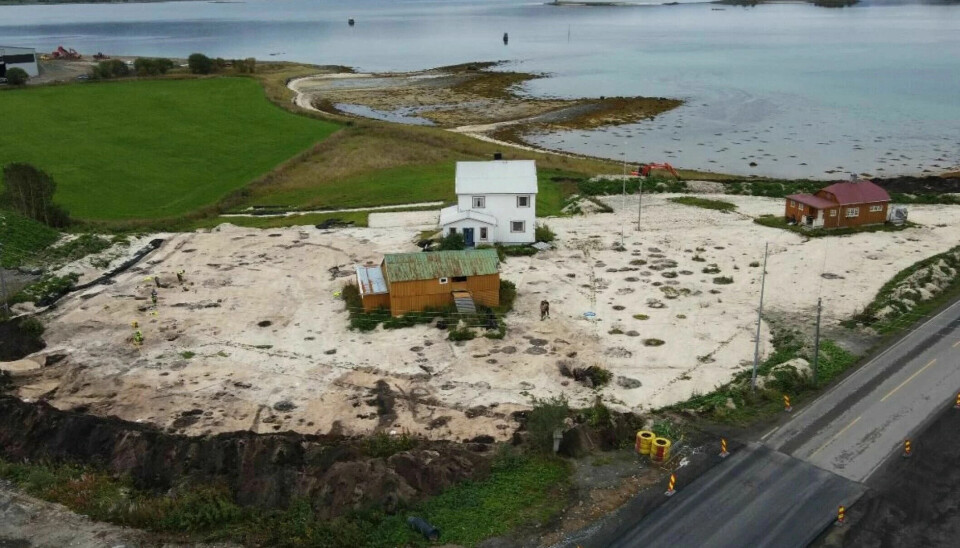
Iron Age courtyard site in Northern Norway
What was supposed to be a quick excavation soon became much more extensive. In Rødskjær in Harstad municipality, archaeologists just found more and more, as many as 12-13 houses, lots of fireplaces, large cooking pits, several production facilities, and ovens.
Archaeologists believe it is a courtyard site from the Iron Age (link in Norwegian). Preliminary dating suggests that it was mainly in use between 200 and 500 AD.
Such courtyard sites seem to be strategically located between several large farms. Researchers believe they may have served as meeting places on neutral ground where the aristocracy met for political, ceremonial, and religious activities.
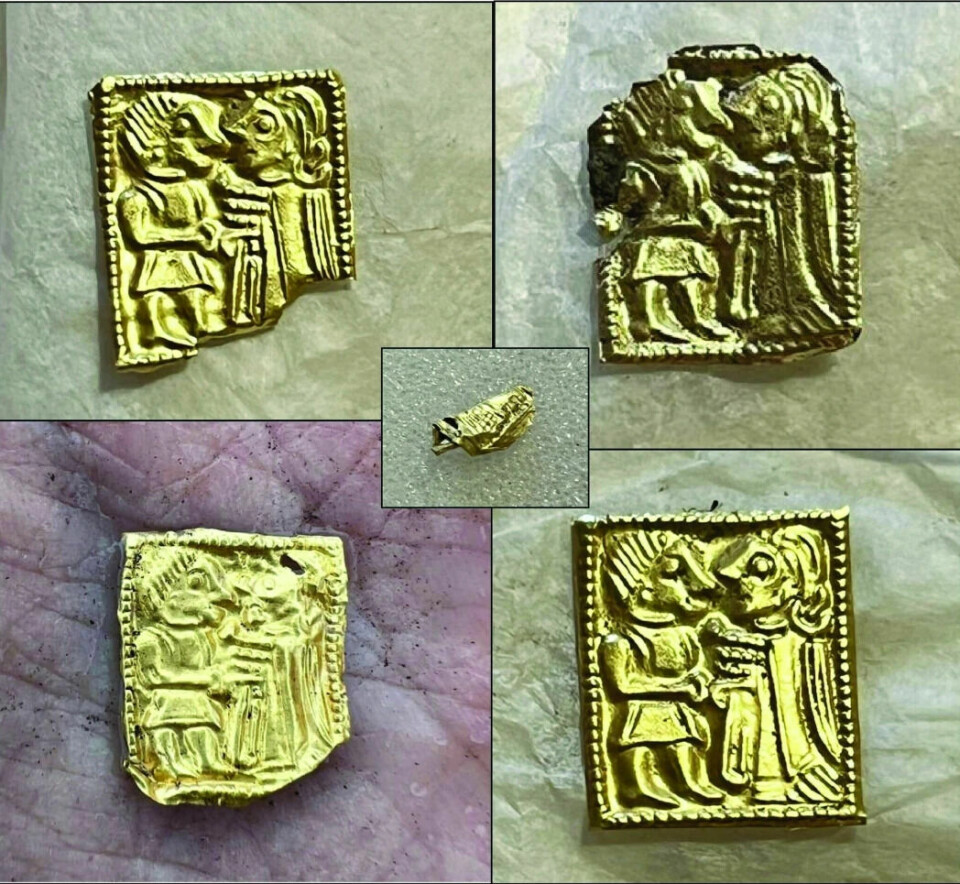
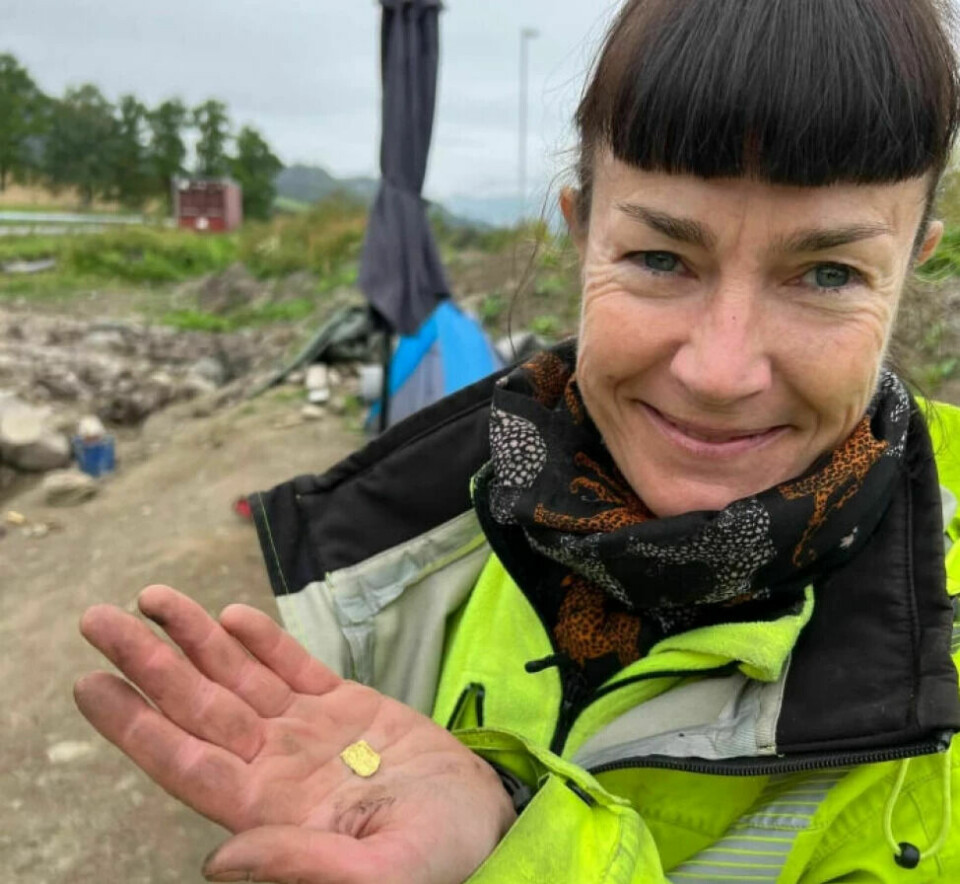
Most viewed
Temple and gold foil figures in Southern Norway
The temple at Hov near Lillehammer, where people worshiped and sacrificed to the gods, was discovered by accident in the early 1990s. But it was not until 2023 that archaeologists really got to excavate the area properly, in connection with the upgrade of the E6 highway.
During the 2000s, 28 so-called gold foil figures were found here, testifying that this was once a special place. Gold foil figures are thin, flat pieces of gold, about the size of a fingernail. Researchers are not entirely sure what they were used for.
During this year's excavation, archaeologists found five more. This time they were found in situ – that is, where they were once placed in the past. Knowing where an object was once placed can help researchers understand a bit more. Gold foil figures date from what we call the Merovingian period in Norway, starting around 550 and going into the Viking Age.
The temple itself was about 15-16 metres long, which is considered quite small. But archaeologists believe the building was quite tall. Perhaps only the elite of society were allowed in here?
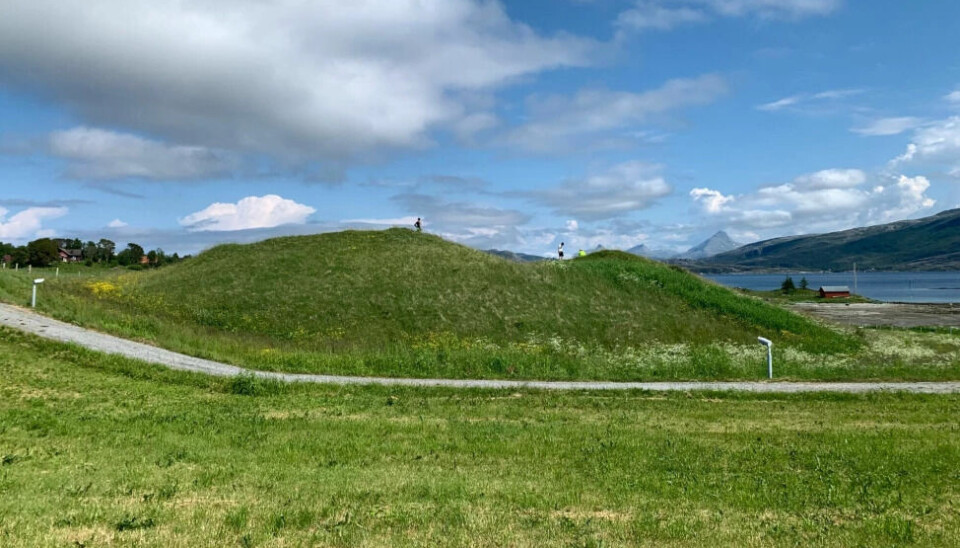
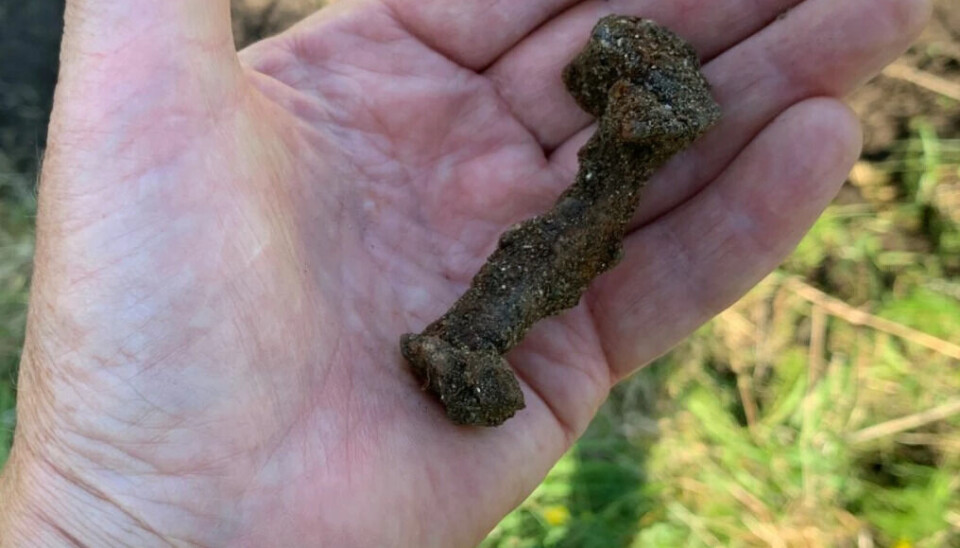
Ship burial in Central Norway
In the summer of 2023, archaeologists in Trøndelag county found large rivets during a small investigation of Herlaugshaugen on the island of Leka, in the north of Trøndelag. With its 60 metres in diameter, the mound is one of the largest in the country. The discovery of the ship's rivets confirmed what the researchers believed – that this is most likely a ship burial.
In October, the researchers could report that the mound was dated to around 700 AD, which is during the Merovingian period – just before the Viking Age.
“This dating is really exciting because it pushes the whole tradition of ship burials quite far back in time,” Geir Grønnesby, an archaeologist at the NTNU University Museum, tells the university newspaper Norwegian SciTech News.
“It tells us that people from this area were skilled seafarers – they could build big ships – much earlier than we previously thought.”
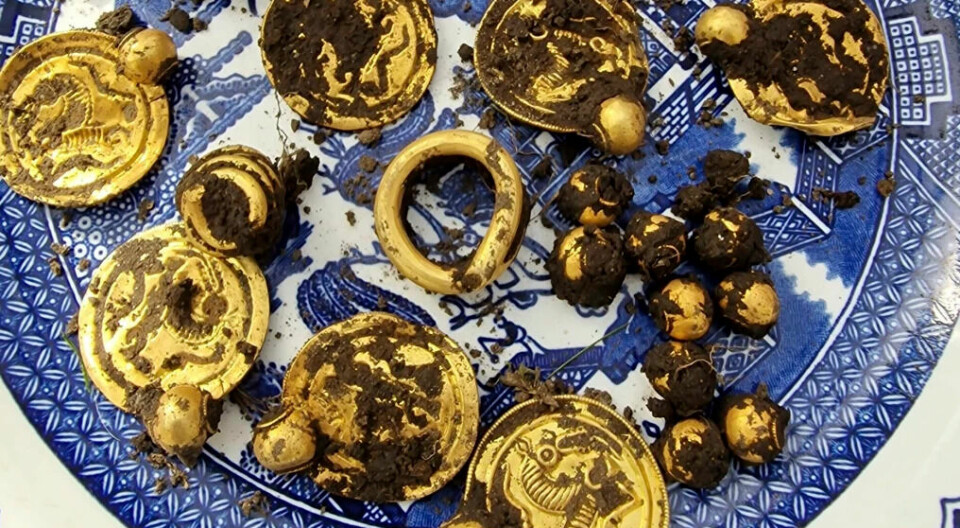
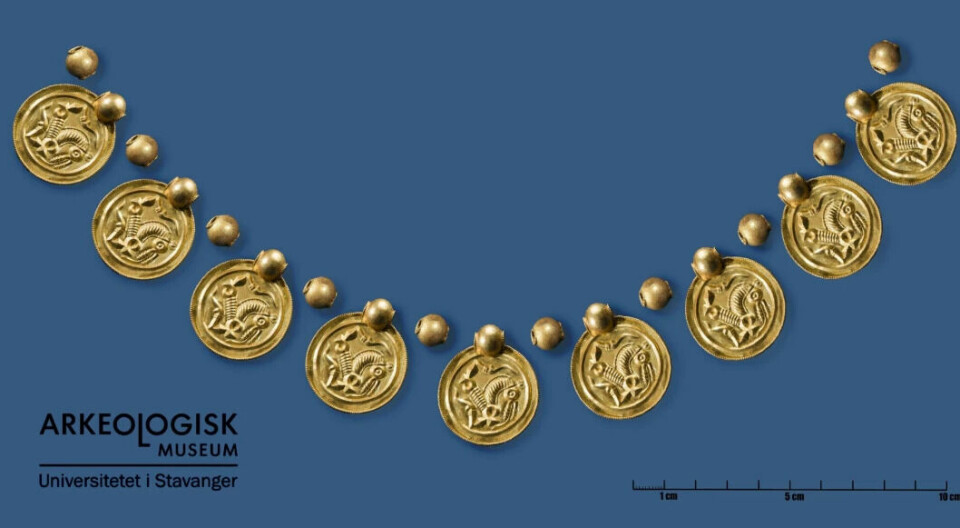
Gold treasure in Southwestern Norway
Erlend Bore had recently bought a metal detector to get him off his couch, as his GP had advised him to. He had not been engaged in his new hobby for very long when he suddenly found several gold pendants called bracteates, gold beads, and three gold rings around the shore of the island Rennesøy in Stavanger.
Bore wondered if they were chocolate coins or play money, but they weren’t. Instead, it was 100 grams of gold, making it one of the largest gold discoveries of its kind in Norway.
The treasure likely originates from the 6th century, the so-called period of migration, when many people were fleeing in Europe. Once upon a time, the bracteates and beads formed quite a flashy necklace. Perhaps the treasure was valuables that were hidden away, or maybe it was an offering to the gods in a dramatic time.
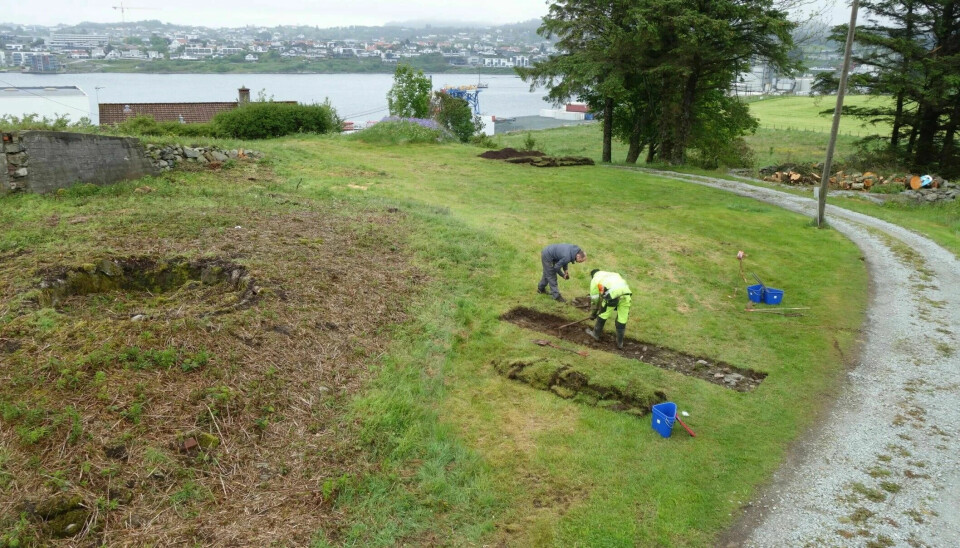
Viking ship in Western Norway
Archaeologists actually discovered the Viking ship on Karmøy in 2022, using ground-penetrating radar. Ground-penetrating radar uses radio waves to map what lies under the ground, and what appeared on the archaeologists' screen was nothing less than the outline of a Viking ship.
But it was until the spring of 2023 that the archaeologists at the University of Stavanger released the news. They had spent considerable time conducting thorough analyses and investigations, ensuring they were certain about their results before making them public.
“The ground-penetrating radar signals clearly show the shape of a 20-metre-long ship. It’s quite wide and reminiscent of the Oseberg ship,” Håkon Reiersen told sciencenorway.no.
The Viking ship thus joins the ranks as the third found on Karmøy, along with the Storhaug ship and the Grønhaug ship. Both of these ships are dated to the latter half of the 8th century.
According to Reiersen, the three Viking ships tell us that this is where the first Viking kings lived.
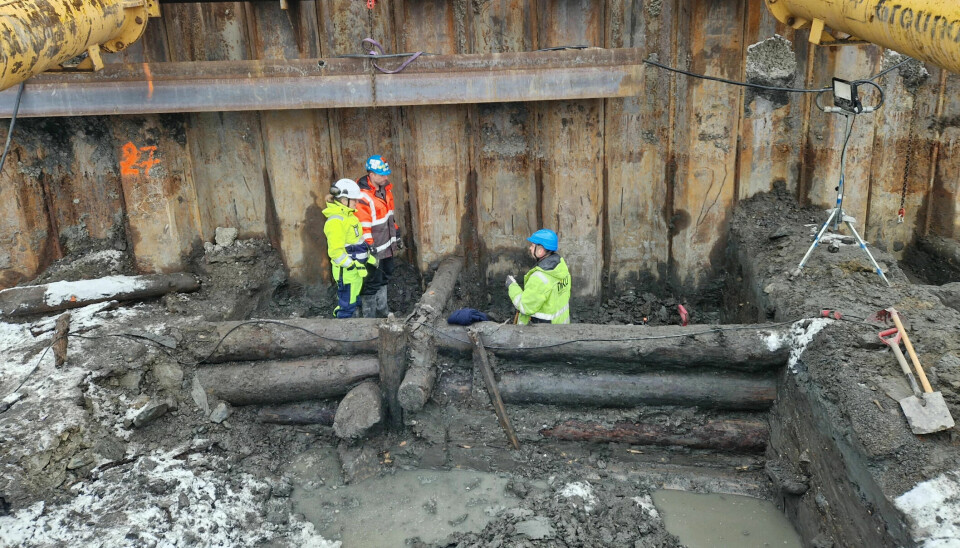
King’s Wharf in Oslo
In March of 2023, archaeologists from the Norwegian Institute for Cultural Heritage Research (NIKU) found eight metres of intact foundation from the King's Wharf in what was once the harbour in medieval Oslo.
Archaeologist Håvard Hegdal spoke enthusiastically about the find in videos from NIKU.
“It’s completely crazy,” he said.
“The dimensions of the timber here are insane. The logs are twice as thick as any we have found before.”
The wharf was meticulously documented and then ended up on the rubbish heap, like most such large constructions from the extensive medieval excavations in Oslo over the last decades.
“We have unearthed an endless amount of fine things here, not only the King’s Wharf, but also lots of magnificent objects. Oslo should have a separate medieval museum to showcase all of this,” Hegdal told sciencenorway.no.
At the end of the year, dating confirmed that it really was the King’s Wharf.
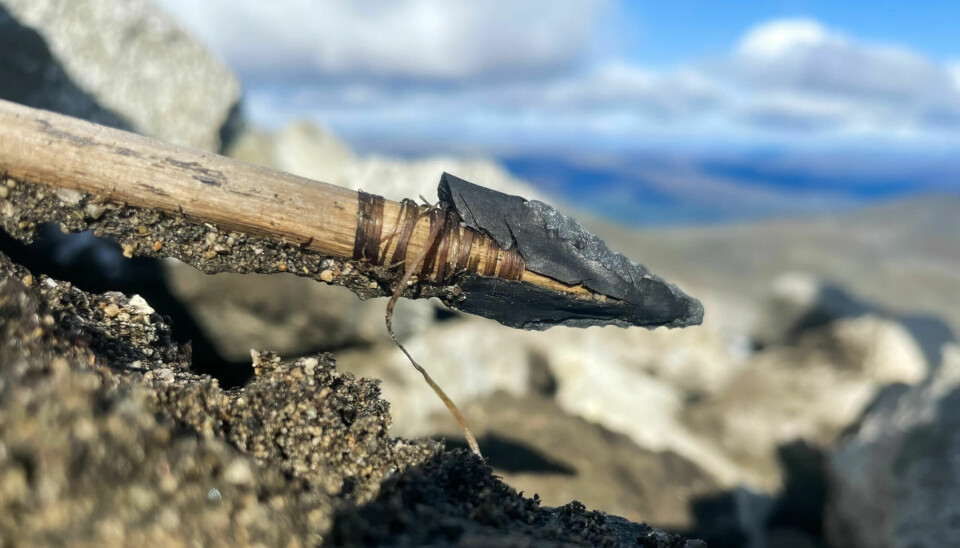
A very special arrowhead in the mountains
The safeguarding programme Secrets of the Ice in Innlandet County Municipality are unfortunately experiencing good conditions at the moment.
“I had never imagined such quick changes, and that so much of the ice would melt. It’s absolutely extreme,” glacial archaeologist Espen Finstad told sciencenorway.no earlier this year.
This year's season in the mountains of Innlandet yielded 250 finds, Finstad reports. One of them deserves a place on the list of this year's finds, he believes. Namely, "Norway's best-preserved arrow from the Late Stone Age," melted out of the ice around 2,000 metres above sea level in Jotunheimen, Southern Norway.
The approximately 3,000-year-old arrowhead has a tip made of quartzite. Shaft, binding, pitch, and fletching are preserved.
“Never before has something with such a high degree of preservation been found in Norway,” the experienced glacial archaeologist says.
“This offers a unique insight into prehistoric craftmanship techniques, bringing us closed to the reindeer hunters of that era,” he says.
Finstad explains that this particular arrowhead essentially acts as a ‘recipe and instruction manual’ for how the many thousands of other stone arrowheads found in Norway were made.
“With this find, we also understand so much more of all the other discoveries,” he says.
Viking grave in the garden, Viking house, and Stone Age flint
Sciencenorway.no has written about several more finds than those listed here.
Someone found a Viking grave in their garden in 2023, in Setesdal. (This Viking grave was found in Oslo in 2022.)
During the summer, archaeologists at Sem in Eiker discovered, among other things, what may possibly be a Viking house the length of almost two tennis courts.
The fish traps discovered in Jotunheimen in the summer of 2022 were excavated in the summer of 2023.
At Vinjeøra archaeologists found flint objects from Stone Age people who came to Norway from the east, and in Trondheim, they found a gaming piece with runic inscription from the Middle Ages.
———
Translated by Alette Bjordal Gjellesvik.
Read the Norwegian version of this article on forskning.no










